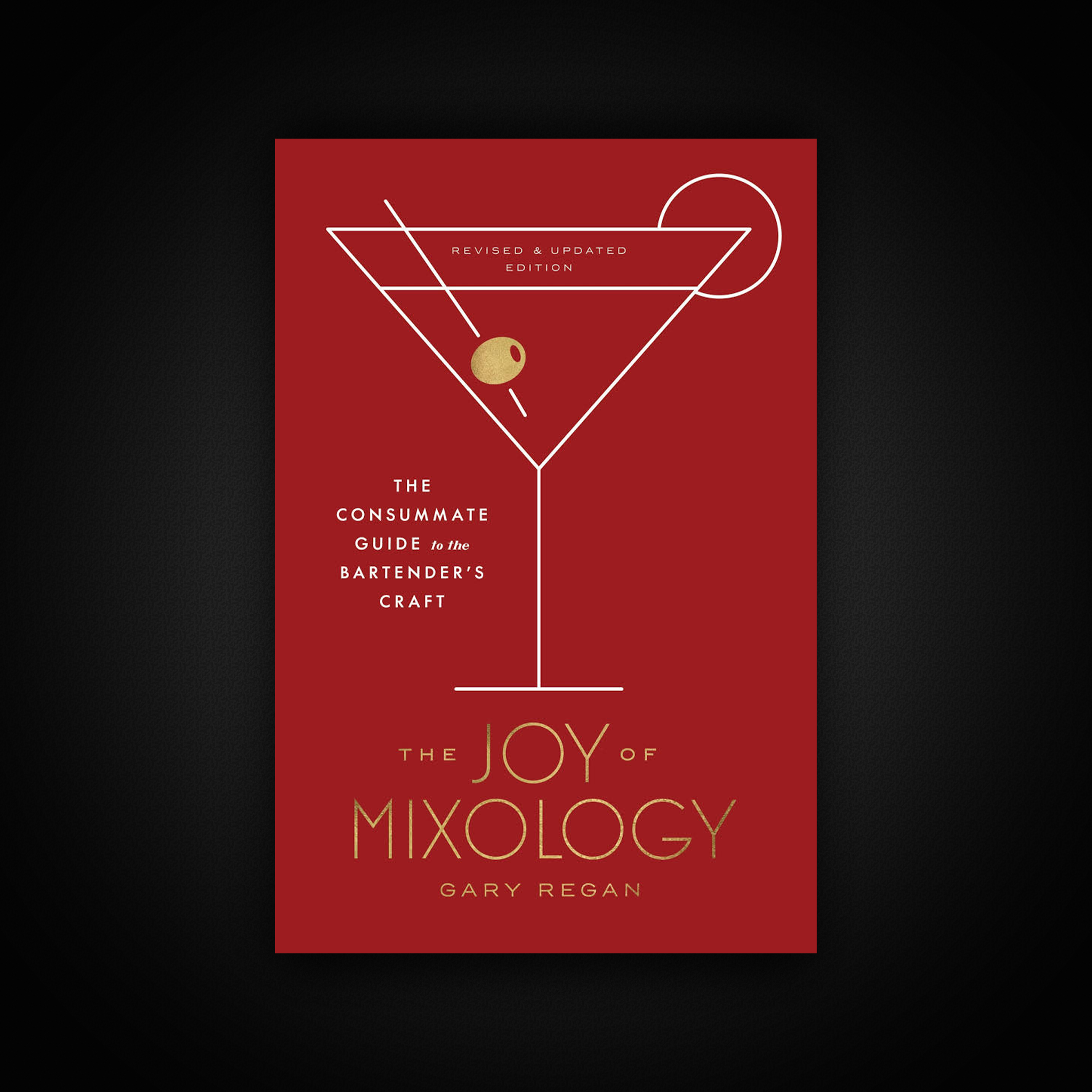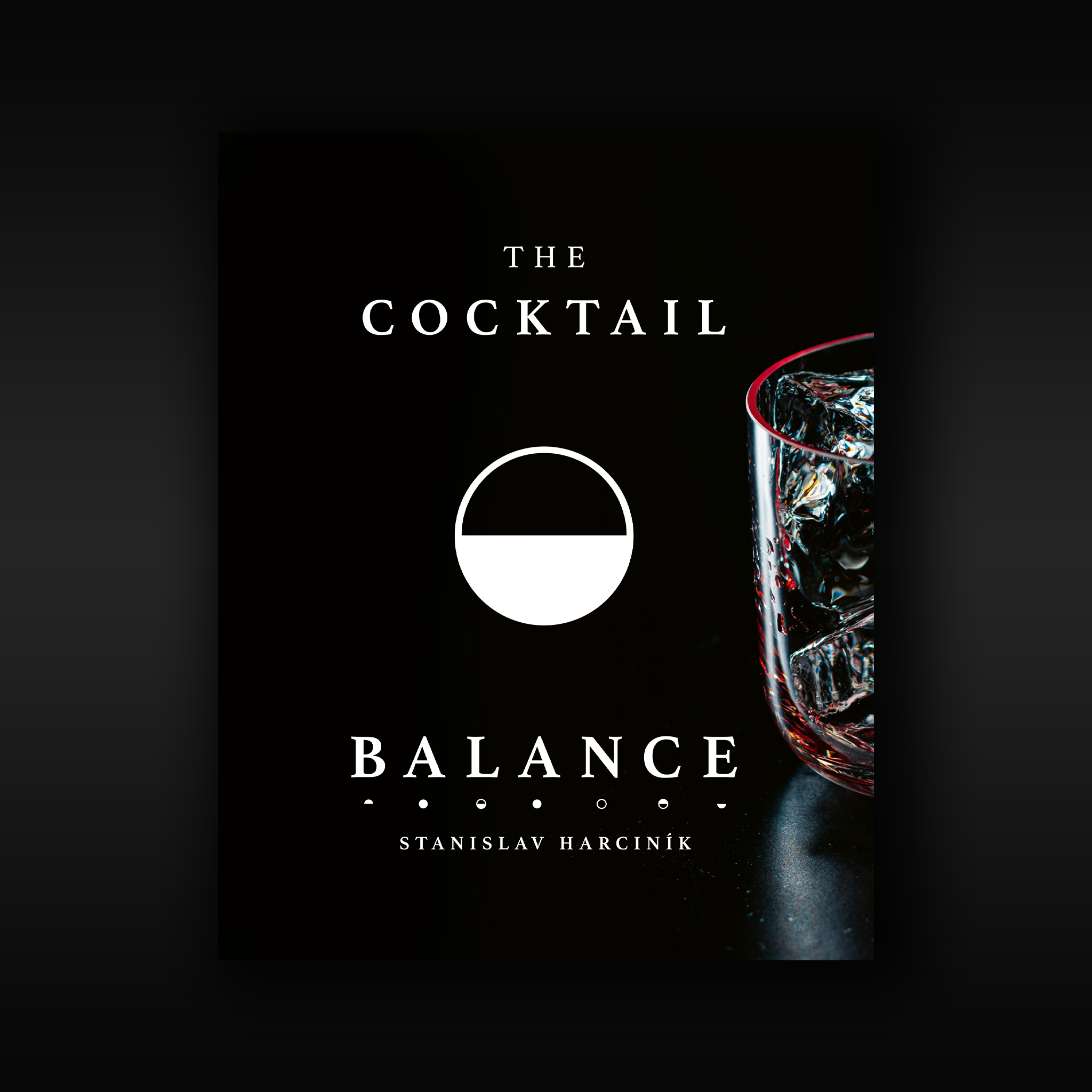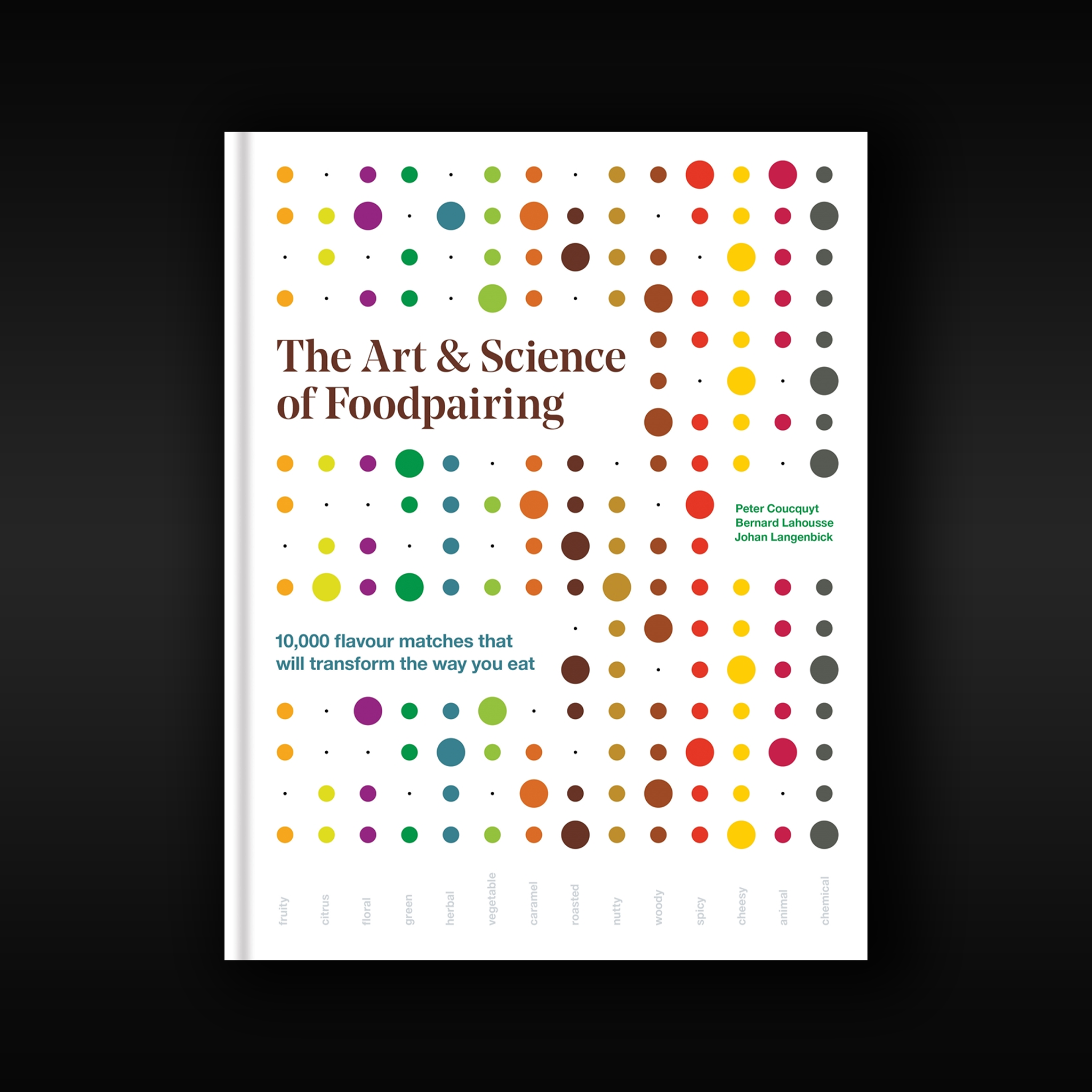Essential bar library.
The top 15 books for every bartender is now available in our shop!
We love books here at The Cocktail Balance. After all, we started with a book in the first place. In fact, we consider books so integral to the learning journey that we’ve added them to the shop! You can now peruse a curated list of books Stan has deemed essential to becoming the best bartender.
It may also be a convenient justification for one team member’s compulsive book buying habit, and for another member’s desire to borrow all the books. It’s for work.
March is the perfect time to introduce our book shop as March is the month of books in some countries. In the USA, National Reading Month began in 1994, the date chosen based on the birthday of beloved children’s author Dr. Seuss. In the UK and Ireland, the first Thursday of March became Book Day in 1997.
In Slovakia and Czechia, however, books were celebrated in March starting in 1955. The Minister of Culture of then Czechoslovakia and the Union of Slovak Writers united to promote books and literacy. For the socialist government at the time, it was also a way to support propaganda material. March as Book Month still runs strong here in Slovakia with many book related events and author readings.
The books we’ve chosen as essential to the bartender’s library can be divided into three categories: drinks, specifically related to alcohol and beverages; science, to understand the hows and whys of taste, which in turn informs creativity; and hospitality, covering both the philosophy and practical applications of service.
Are there any books you would add?
Drinks
What it’s about: This overview of plants involved in the drinks we imbibe first dives into the plant bases of fermentation and distillation, next into plants used to flavour the resulting liquids, and finally briefly covers plants suitable in a home garden. The content is not scientifically botanical but places a plant in the context of history and the process of making it into a beverage. The difference between various types of alcohol made from the same plant is also described. Recipes for basic 101 cocktails also included.
Why we chose it: Easy to read, The Drunken Botanist is perfect for starting off a complete cocktail newbie, and absolutely required information for a bartender. First printed in 2013, ten years later the book still stands out as a perennial. Extra points for having the prettiest cover.
What it’s about: The previous book covers where drinks come from, this book covers what to do with them. The content covers the basics, like the formation and importance of ice, to the complicated, like clarifying cloudy lime juice with enzymes. The information is precise and in-depth; 25 pages are devoted just to ice. Dave Arnold is a scientist whose lab is the bar, and this is reflected in the book.
Why we chose it: Liquid Intelligence covers the basics every bartender should know, and builds upon that foundation with sharing years of experimentation, saving you time and frustration. For those just starting out into the world of cocktails, this book could easily become overwhelming, but is useful for those wanting to take their home bar to the next level, and essential for those whose profession is behind the counter.
What it’s about: As a consummate guide, Gary Regan covers all the basics of bartending, from the philosophy of hospitality to recipes. One of the more appreciated features of the book is the author’s system of categorizing cocktail families. Through it all, his curiosity and mischievous personality show the joy that is involved in the craft.
Why we chose it: As a revised edition to the 2003 original, this book really is a bible for bartenders. Suitable for new bartenders, it is a great regular refresher even for those with more experience.
Fix the Pumps
Darcy S O’Neil
What it’s about: The title Fix the Pumps refers to soda and carbonation. Soda fountains were once a mainstay of the beverage industry, and the first part of the book covers its history. The second part of the book provides recipes and techniques, including ingredients both abundant (strawberries) and harder to find (acid phosphate). Written by a chemist who became a bartender.
Why we chose it: Carbonation is a topic of increasing interest in the bartending community. Considering we sell carbonation equipment and offer an in-person workshop on the subject, it’s of high interest here at The Cocktail Balance too. Fix the Pumps is a great primer for someone looking to get started in carbonating drinks, whether at home or professionally.
Drunk: How we Sipped, Danced, and Stumbled our way to Civilization
Edward Slingerland
What it’s about: Alcohol is often seen as frivolous, if not dangerous or outright immoral. Professor Slingerland examines the interplay of alcohol and humans in a cultural, scientific, and historical framework and argues that alcohol can actually have a positive impact. While acknowledging its downsides, Slingerland asserts that alcohol increases cooperation among selfish individuals, and that cooperation is necessary for humanity’s very survival.
Why we chose it: Those who serve alcohol as a profession also need to understand the role of alcohol in society, both negatives and positives. Drunk relies on research instead of urban legends to redefine that role.
The Cocktail Balance
Stanislav Harcinik
What it’s about: An overview of bartending from the theory of hospitality to an examination of 20 plants to use with recipes, ending with words of wisdom from nine Slovak bartenders.
Why we chose it: Shameless self-promotion. We have a bias towards it.
Science
Gastrophysics: The New Science of Eating
Charles Spence
What it’s about: More about behavioural psychology than molecular science, this book delves into what influences flavour. Colour, music, weight of cutlery, all these and more affect what we taste. The Oxford professor makes sensory science accessible to all to eat.
Why we chose it: While a book about taste might first bring food to mind, beverages are no less a taste experience. For those in gastronomy, this book teaches awareness of how the whole environment influences taste and gastronomic behaviour.
Neurogastronomy: How the Brain Creates Flavour and Why It Matters
Gordon M. Shepherd
What it’s about: Shepherd, a professor of neurology at Yale and former editor in chief of the Journal of Neuroscience, explores the science of flavour in connection with other inputs to the brain. Not only does the book explain the neurobiology, it also considers the impact of the flavor system on social, behavioral, and medical issues, such as drug addiction. While the above book would fall into the popular science category, this book is a step further into the nerd category.
Why we chose it: Again, for anyone interested in gastronomy, understanding the science of why and how we taste what we do is a foundation for creativity and helps create better drinks.
Mouthfeel: How Texture Makes Taste
Ole G. Mouritsen & Klavs Styrbæk
What it’s about: Mouthfeel combines the theoretical science of taste with its practical application. It covers specific foods and ingredients and how they contribute to mouthfeel. Included are a number of recipes to test and try out the theoretical knowledge.
Why we chose it: Mouthfeel is clearly applicable to chefs and foodies, but those same principles apply to drinks (hello carbonation). Making the best drinks means being able to apply the theory of a wider topic to the specific beverages you make.
The Art & Science of Foodpairing: 10,000 flavour matches that will transform the way you eat
Peter Coucquyt, Bernard Lahouss & Johan Langebick
What it’s about: Rather than recipes, the book is full of specific food items and taste tables so that you can create your own best recipes. For example, the entry for tequila includes a flavour map including such categories as fruity, floral, and earthy. Then a two page spread of tables details the interaction between tequila and such pairings as buckwheat honey, dates, and horseradish.
Why we chose it: The Art & Science of Foodpairing helps bartenders identify what kind of flavours people taste in an item. Not only does it specifically mention a number of spirits, it provides a launching base for the interaction of flavours within a drink.
Hospitality
What it’s about: In eleven years, Will Guidara turned an underwhelming restaurant into the best in the world. How did he do it? By giving beyond expectation - and not for a cash transaction. Not only did he work on the business’ relationship with customers, but also on that amongst employees. The book demonstrates the big picture philosophy of hospitality with real stories.
Why we chose it: Arguably the best book on hospitality in the last three years. We recommend that any professional who works with people, not just in gastronomy, should read this book. Yes, that covers a lot of professions.
5 Star Service: How to Deliver Exceptional Customer Service
Michael Heppell
What it’s about: While the previous book covers the philosophy and big picture of hospitality, 5 Star Service focuses more on the details. The author lists ideas for setting standards and operations within a business that are low to zero budget in order to increase customer satisfaction. And that is the key to a thriving business.
Why we chose it: The book is concise, easy to read, and immediately applicable. It’s a practical how-to guide to improve your business, while also being entertaining. It won’t take too much time or effort to learn how to improve your customer service.
What it’s about: Danny Meyer started with a bar and is now owner of a restaurant empire. With illustrative stories of the process, he boils down the lessons he learned along the way. Set in the world of gastronomy, he demonstrates how success relies on the foundation of in-house relationships and customer satisfaction.
Why we chose it: While the content can be applied outside of the hospitality industry, it is particularly applicable to those in gastronomy, whether a manager or server. Hospitality - the generous welcome of strangers - is the goal of bartending and this book is all about that.
The Bar Shift: 41 management lessons you don’t have to learn the hard way
Dave Nitzel & David Domzalski
What it’s about: With each book listed, we get more into the details and nitty gritty. The Bar Shift covers all the topics of how to run a bar, or even a restaurant, without spending a lot of time figuring out how. The book targets problems so that you can reference one issue without having to read the whole book.
Why we chose it: No one has extra time to waste, and with this book you can skip frustrating and sometimes costly mistakes in gastronomy management. It’s a short and easy to read how-to handbook.
What it’s about: Working in a kitchen is fast-paced, stressful, and always short on time. Being able to consistently serve great food in such an environment requires systems, preparation, and a clean workstation. Dan Charnas interviewed numerous chefs to find out their secrets, and distills their experience into 10 principles that can be applied to any part of your life.
Why we chose it: Working behind the bar has many parallels to working in a kitchen, and the principles that apply there also help bartenders to become more efficient and organized so that they can focus more on the guest. This book is especially helpful for those who feel themselves overwhelmed, as it helps you create a process down to the smallest details.















